War has been with us for as long as history has been recorded. The United States has seen its fair share of conflict in its relative short timespan. While many would liken war to a glorious quest, the truth is horrific. Soldiers, in the midst of the fight, will have a profound sense of purpose, but this is a paradox. Life in the trenches is filled with grief, pain, and terror. As generations pass, the increase in media coverage has given the public a birds eye view of the reality of war. Our visit to the Wisconsin Veterans Museum, in downtown Madison, provided us with some interesting perspective on our nation’s participation in battle.
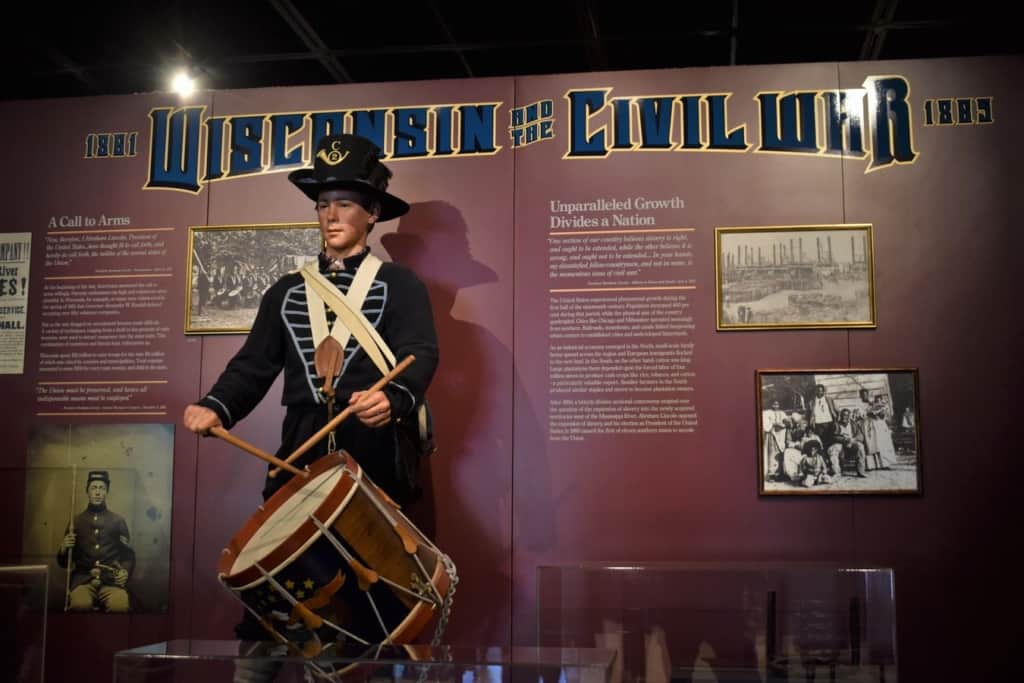
Call to Arms
One of the most notable conflicts in America was the Civil War. This is in part due to it being one of the few wars that took place on American soil. While the majority of the skirmishes took place in the southern half of the country, the cost of battle was felt throughout our young nation. While the Wisconsin Veterans Museum focuses on the impacts of war on people from the state, it also includes plenty of general information about the various conflicts. They also portray the cause and effects with an unvarnished approach that doesn’t take away from the reality of war, which is that they are violent and brutal.
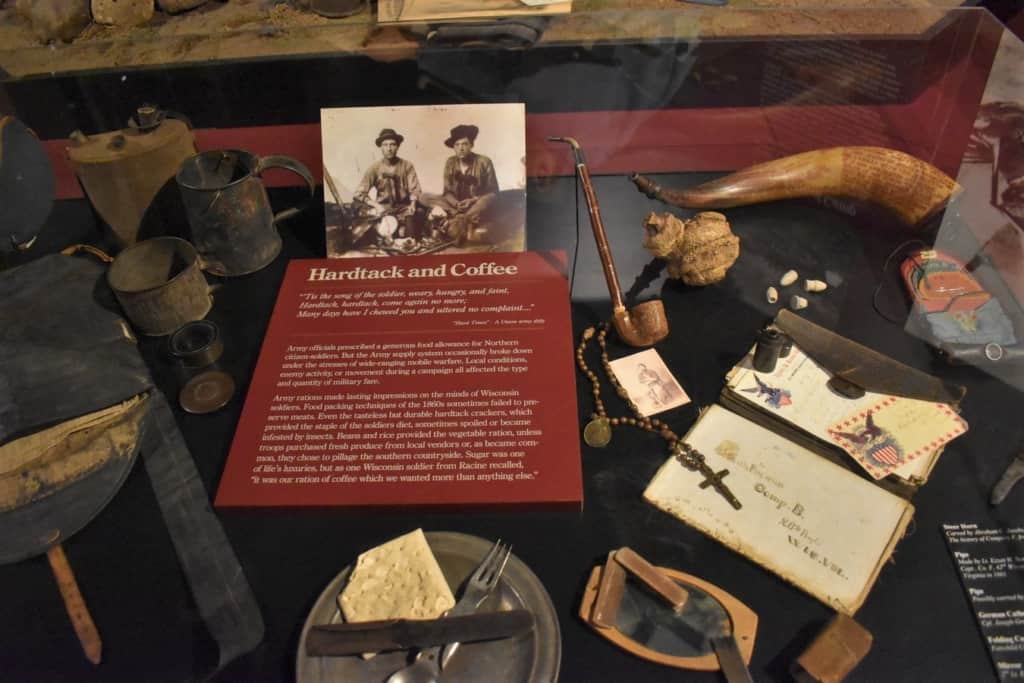
Life in the Fields
While the impact of war is felt throughout a nation, it is the soldiers who suffer the most. Besides the obvious threat of life ending injury, there are other issues that come with battle. Life in camp was filled with hours of drills, inadequate shelter and supplies, and disease. Many Civil War soldiers were farmers who were called into service. Their day-to-day life did not require the same level of discipline that was pushed on them in camp. Long stretches of boredom led to increased alcoholism. One day they may be scavenging for firewood, while the next day may bring the sheer terror of conflict. The ill feelings developed during the Civil War would impact the nation for generations to come.
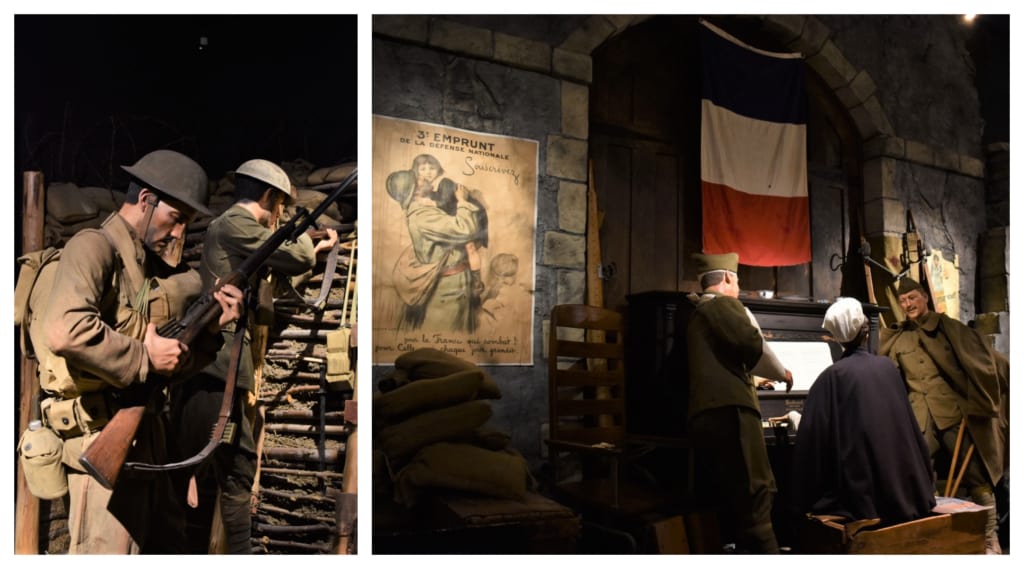
A World at War
The early 1900s brought a new kind of war to the globe. Horse power had been the means for mobilization for centuries. Industrialization was sweeping the globe and countries raced for dominance. Recent advancements had brought motorized vehicles to the forefront and allowed easily movement of goods and services. Britain had long been the leader of world power, but an arms race was silently growing. The infrastructure improvements across Europe were priming the region for an explosive change. One of the largest underlying reasons for World War I was political instability. The assassination of Archduke Ferdinand is often considered the spark that set off a chain of events, which led to the conflict. As various countries worked behind the scenes, to form alliances, the stability of Europe began to erode. The beginning of the war revolved around aggression between Serbia and Austria-Hungary. Russia backed Serbia, while Germany threw its weight behind Austria-Hungary.
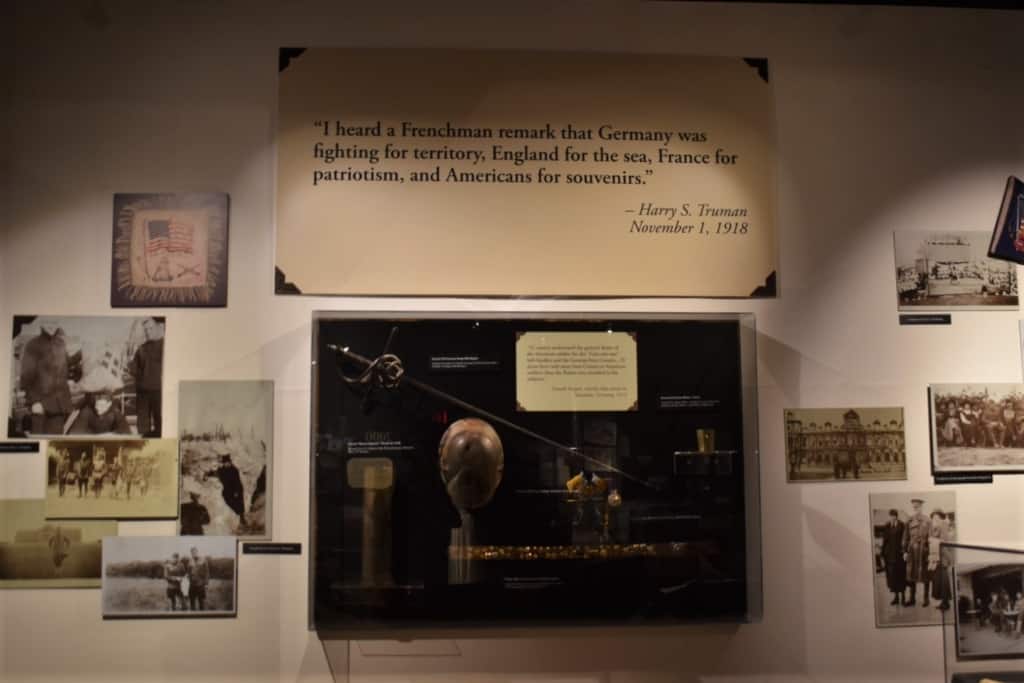
Different Perspectives
The siege cannons of Germany were rolled out in August, 1914. French and British troops were pulled into the conflict as the world was pushed into war. The United States had adopted a wait-and-see attitude, at the beginning of the war. Doing business with both sides forced America to choose neutrality. Germany’s unfettered aggression, against neutral ships, would be part of the reason for the United States involvement in WWI. While the war was still in its early stages, the United States was in the throws of the Mexican Border War. To divert America’s attention from the European theater, Germany attempted to convince Mexico to attack the U.S. southern border. The expectation had been that this would divert America’s attention away from what was taking place across the Atlantic, but it merely increased the United State’s resolve. While WWI would be called “the war to end all wars”, the truth is it was only the precursor of things to come.
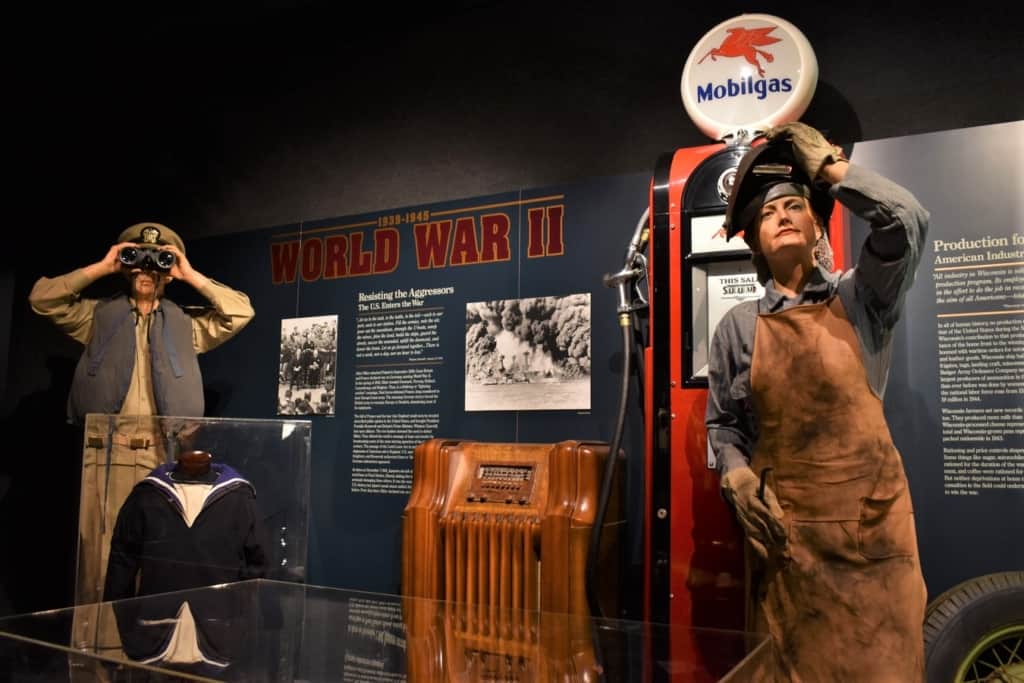
Unparalleled Changes
The end of WWI was signified by the Treaty of Versailles, which laid the guilt heavily on Germany. The levying of excessive reparations left Germany feeling unfairly punished. The smoldering resentment would fester over the next couple of decades. Instability still remained across Europe and tenuous treaties were difficult to maintain. Nowhere was this instability more prevalent than in Germany. This void would allow Hitler and the Nazi Party to gain control of the nation. Still angered by their loss in the first World War, Germany formed alliances with Italy and Japan, against Russia. With memories of the previous war still fresh on their minds, Britain and France were hesitant to engage again. While Germany began their march across the European continent, the United States and Russia were focused on their own internal politics.
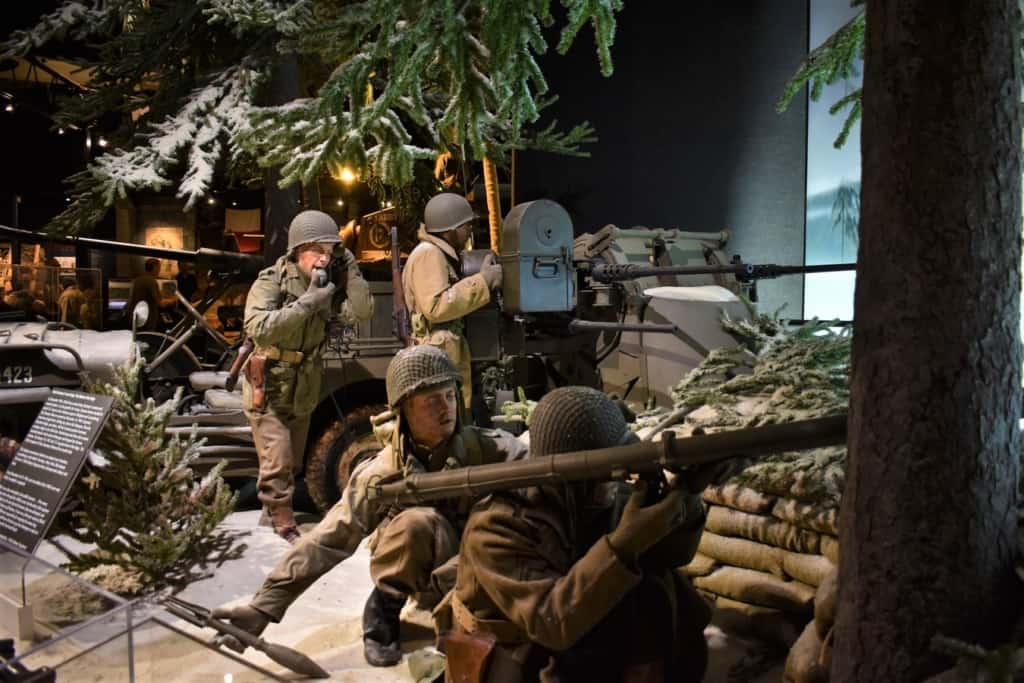
Bringing War to the Homefront
When the German-Soviet Nonaggression Pact was signed in 1938, it threw Europe into a panic. When Poland was attacked from both sides, it forced Britain and France to respond. By 1941, Germany had launched a push to invade Britain. It was the Royal Air Force’s defeat of the Luftwaffe, in the Battle of Britain, that would cause Germany to shelf this plan. This war would be examined, in retrospect, more than any military action in history. WWII would prove that the horrors of the First World War were only the tip of the iceberg in human suffering. As we explored the Wisconsin Veterans Museum, we were impressed with the details displayed in the exhibits. Each diorama tells a story about the conditions faced by the troops and details how they responded to the situations.
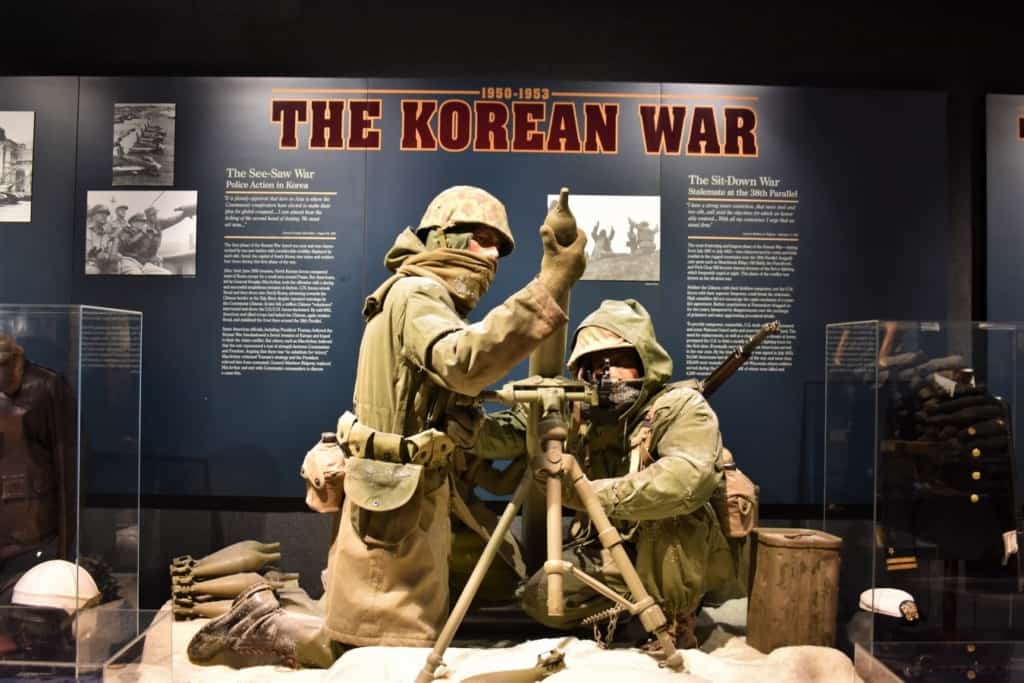
The Forgotten War
Part of the fallout, from the end of WWII, was the division of the Korean peninsula. The Soviet Union and the U.S split the territory in response to Japan’s aggression during the war. Within a few years, two new states had formed with a dividing line along the 38th parallel. Neither side was content staying within their borders and soon war broke out on the peninsula. America had grown wary of the “Communist Threat”, and the U.S. launched into war to prevent its spread. The “Cold War” was the subject of conversations in the war room, as well as the dining table. While the Korean War ended as a stalemate, the Cold War would continue heating up.
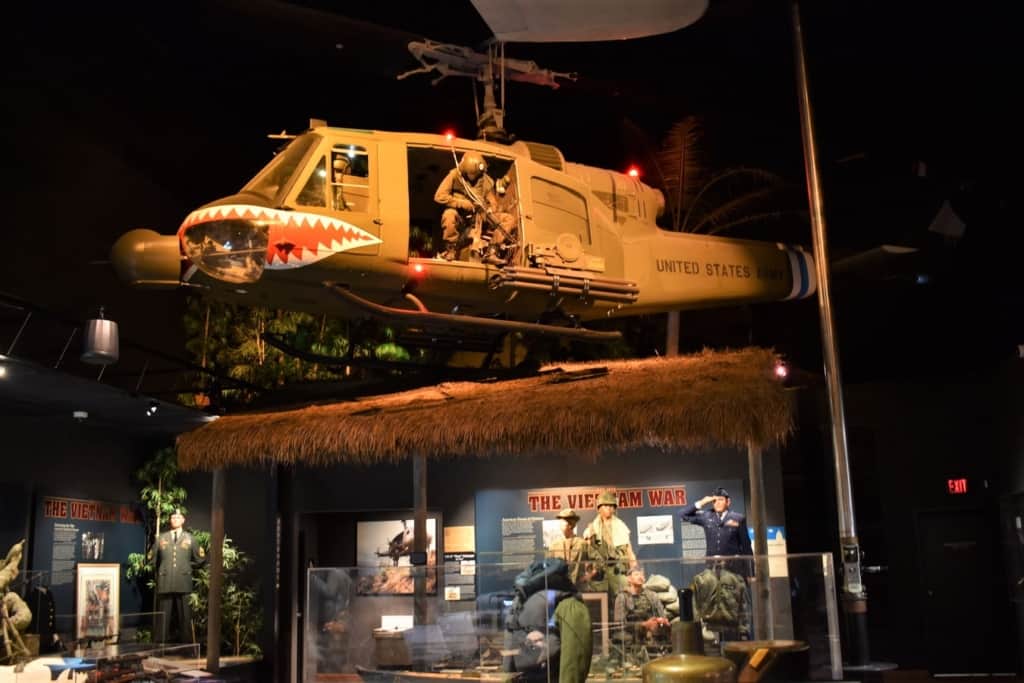
Changing Opinions
By the mid-1950s, the attitude about war was changing in America. The Cold War was continuing to escalate and once again the United States looked at trying to stop the spread of communism. Over the next few years, U.S. involvement in the growing conflict would increase. What began as a mission of supplying and training, had grown into a full-scale involvement by the mid-1960s. Back home, there was a growing anti-war movement, which left the troops between a rock and a hard place. Protests painted a negative picture of all combatants, which followed them when they returned home. For the first time in our country’s history, veterans of a foreign war were shunned when they returned home.
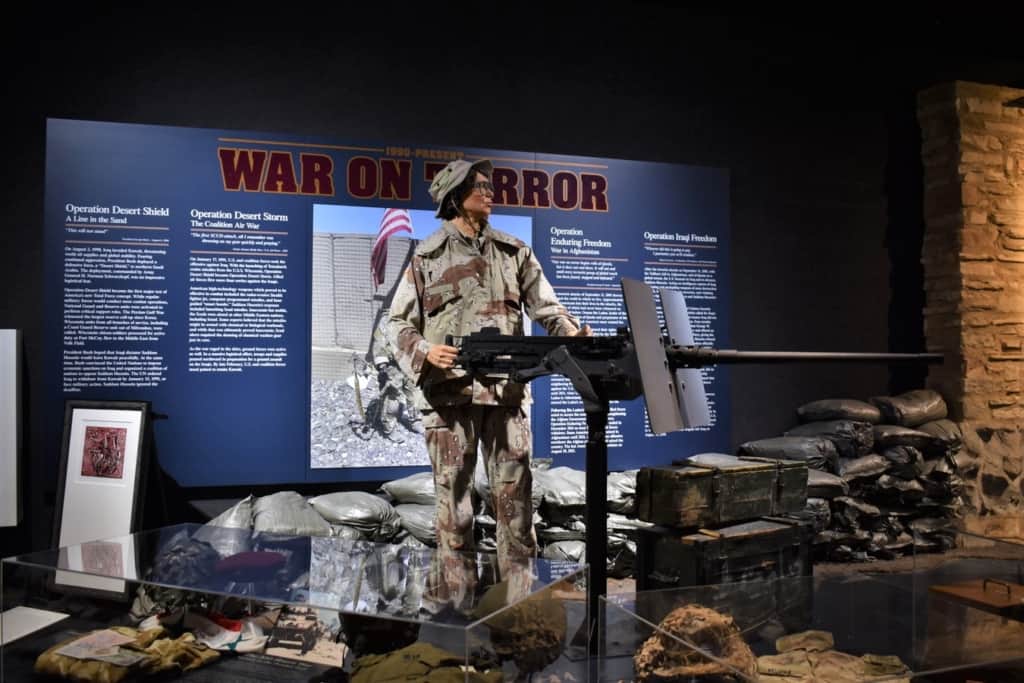
New World Perspective
There is no glory in battle worth the cost required to attain victory. As our world’s political environments continue to evolve, we will face unknown threats. The Wisconsin Veterans Museum details how the battlefield has morphed from open fields of engagement. These days, the fight has moved into the cities and left our soldiers facing an unknown enemy. We can be assured that American troops will rise to the occasion, as they have in the past. It is also obvious that the political aspirations of various leaders will continue to create wars well into the future. If only we could change our direction and give peace a chance.


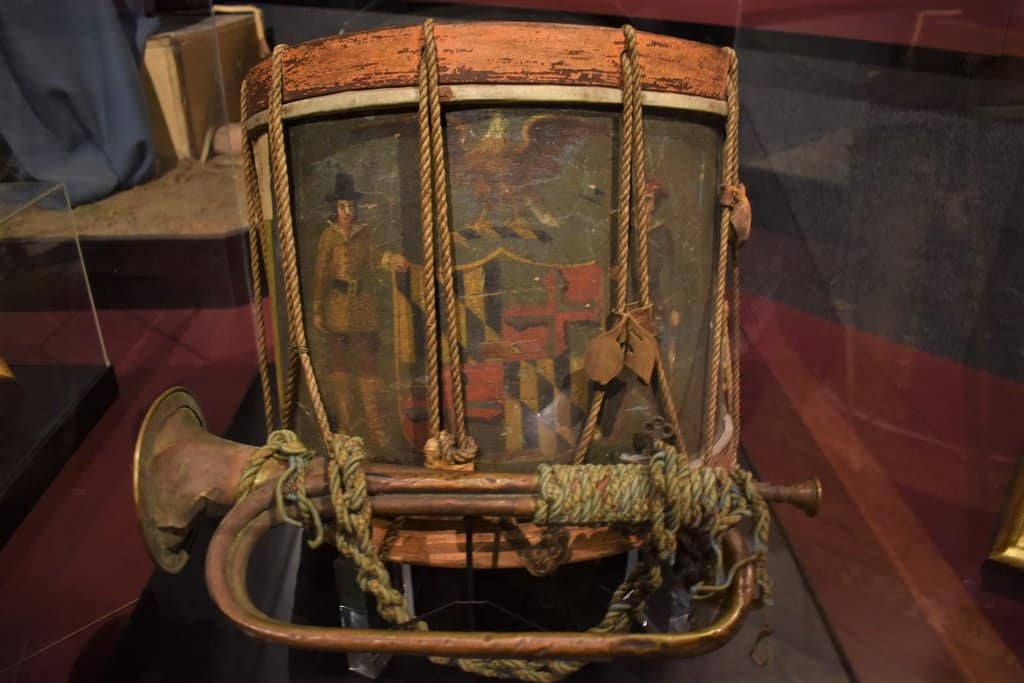



This looks like a good museum, especially for the price of admission. Do they have a large selection of Civil War pieces?
Yeah, it’s hard to beat free. There is a nice selection of Civil war artifacts, as well as items from the other engagements.